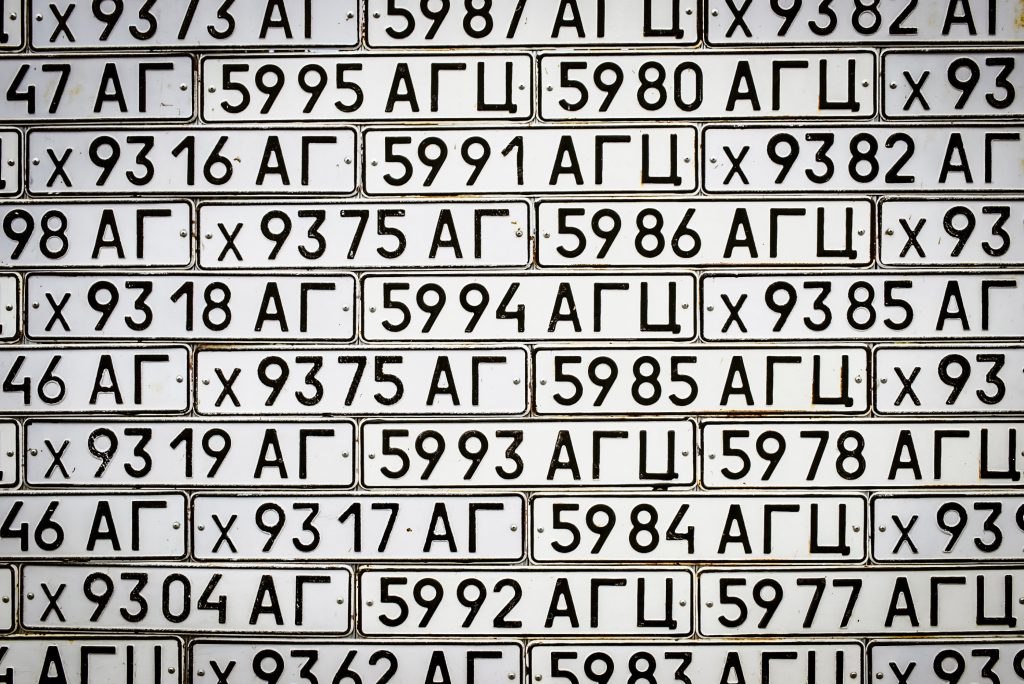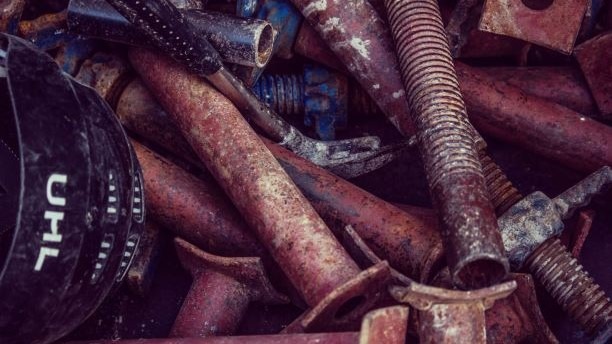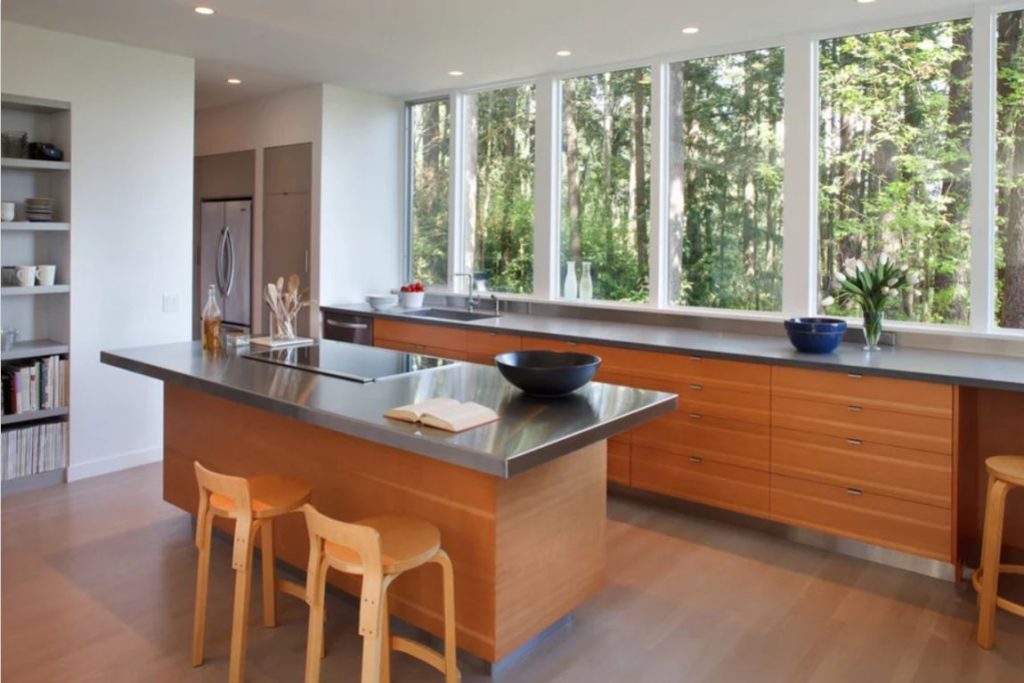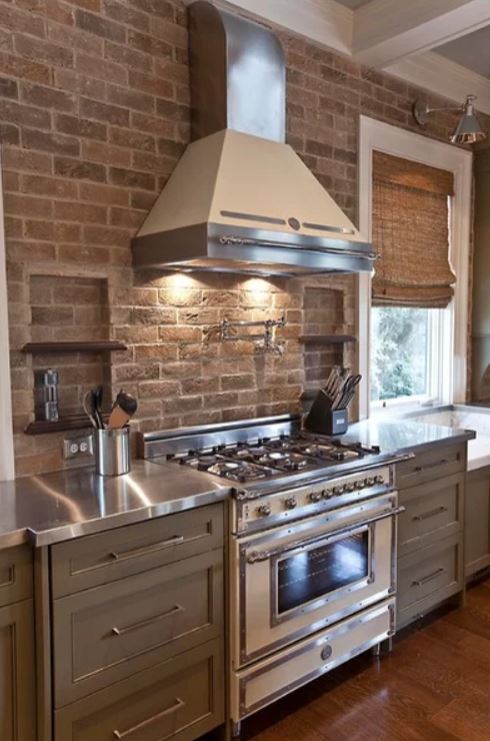We’ve all seen rust, whether it’s the dirty-orange flaking off a fence or swing set and marking up your children’s clothes, to the brownish water flowing in houses with old plumbing. But rust isn’t just an annoyance with its unsightly appearance and tendency to stain. For iron equipment and structures, rust can become a real danger when allowed to progress unchecked. In cases such as the Genoa bridge collapse in August 2018, a lack of maintenance to prevent rust and corrosion can lead to deadly consequences.
When it comes to iron corrosion, the equation is simple: oxygen from air or water + iron = rust. The longer iron is left exposed to oxygen, the more quickly and completely it will rust. So when it comes to rust prevention, the best solution is to somehow attempt to keep these elements apart. These methods include:
Materials
A common choice is to attempt to avoid the issue from the start by using steel alloys, weathering steels, or other alloys which contain virtually no iron. These materials are either naturally resistant to rust, or manufactured to be as rust-free as possible. Stainless steel contains at least 11% chromium, which forms a protective film of chromium oxide preventing any further corrosion. Weathering steels may include up to 21% alloying elements like chromium, phosphorus, nickel and copper. In comparison to stainless, weathering steel will form a patina and begin to look to look orange and rusty. However, appearances can be deceiving: unlike the damaging rust formed on iron structures, the rust formed on weathering steel is actually beneficial. The alloying elements stop any internal corrosion with the rust as an outer layer.
Organic coatings
A simple and cost-effective method of preventing rust is paint. Covering a metal item in an overall coat of paint creates a physical barrier between the metal and oxygen. Oil-based paints are usually the preferred option since they contain no water. It’s also appealing because the oil paint adheres better, is durable, and will dry to a more even finish.
Powder coatings
Like paint, a powder coating creates a protective layer to prevent rust. Powders are commonly applied to the steel by using a compressed air sprayer. Once the powder particles are clinging to the object’s surface in an even layer, it’s ready to be heat-cured. This involved placing the object in a hot oven, which will melt and fuse the powder particles into a continuous coat. So while this method involves more time and expense than painting, the biggest advantage of powder coating is its durability. Not only is it rust-resistant, it’s more resistant to chipping, scratching and other wear due to the thermal bonding of the curing process.
Galvanization
Steel is galvanized by applying a layer of zinc, which provides two benefits: it forms a strong physical barrier, and if corrosion does occur, it will affect the outer zinc rather the metal underneath. For items such as car exteriors that will later be painted, electroplating galvanization is used to bond the zinc to the steel. The process will leave the metal with a soft, even shine. For hot-dipping galvanization, the steel is immersed in a bath of molten zinc and dries to a flat finish. Hot-dipped galvanized steel is often preferred for construction projects because the resulting zinc layer may be up to 5 to 10 times thicker with this process. With each layer of zinc comes more protection against rust.
Maintenance
No matter what material is chosen or coating applied, the best protection against rust will always involve continued routine maintenance. Any deposits and dirt on the metal should be cleaned on a regular basis. If any rust does form on the surface, it should be removed it as quickly as possible, with a protective coating applied or re-applied to the item. Neglect means even a structure as strong as a bridge can be destroyed from the corrosive effects of air, water and salt rusting the steel.




